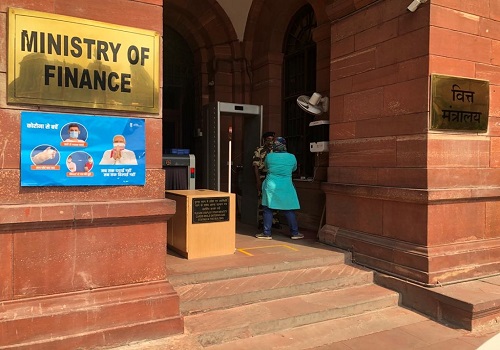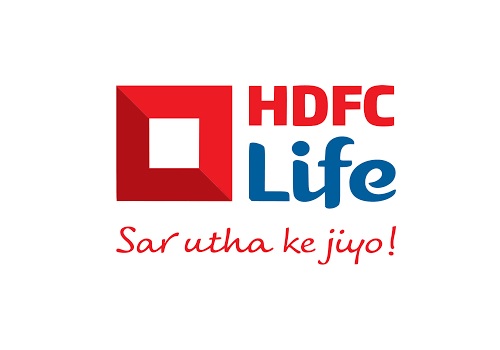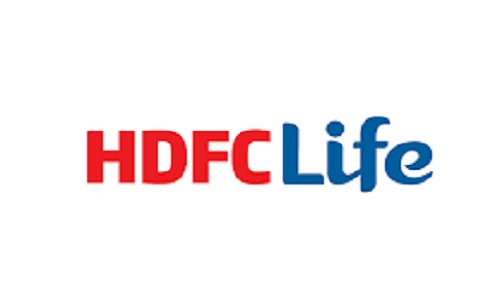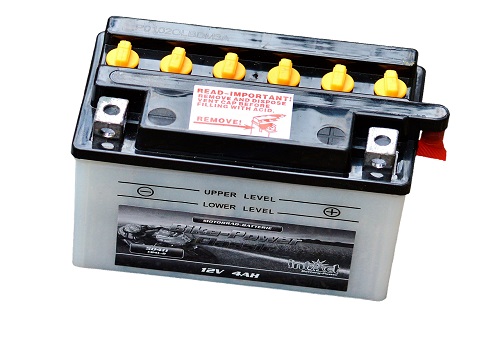2022 to see disciplined, market segmented underwriting by life insurers

Follow us Now on Telegram ! Get daily 10 - 12 important updates on Business, Finance and Investment. Join our Telegram Channel
A disciplined underwriting of risks by proper segmentation largely compelled by reinsurers, reduced Covid-19 intensity owing to vaccination programme -- adults and in the 15-18 groups -- and increased awareness about insurance protection, retirement planning are going to be the business drivers for life insurers in 2022, said senior industry officials.
The year is also expected to see one of the Asian life insurance giant Life Insurance Corporation of India (LIC) tapping the market with an initial public offer (IPO).
Industry officials told IANS that no more life insurers can act like a broker -- accepting premium from the policyholders and passing on the risk and premium to the reinsurers.
At the marketplace, the reinsurers are tightening their business acceptance norms from the primary life insurers, the life insurance industry is expected to see proper customer segmentation and mortality differentiation happening.
"Already life reinsurers are cutting down their exposure levels and increasing their premium rates in the case of term insurance insisting on the primary insurers to put their skin in the game," a senior official of a life insurer told IANS.
According to officials, Covid-19 pandemic and the related death claims turned out to be a convenient tool for life insurers to blame the reinsurers for rate increase in the term insurance policies.
Reinsurers started focusing on term insurance policies underwritten by life insurers from 2018 onwards.
The life insurers designed their term insurance product targeting a certain segment with a certain risk profile and signed up reinsurance agreements with reinsurers.
Later the term insurance policies were sold to all kinds of people and life insurers started settling the claims on the comfort that they will get reimbursed from their reinsurers ringing alarm bells in the latter.
When reinsurers started to raise red flags, Covid-19 and reinsurers became the scapegoats for the life insurers to shift the blame for the premium increase while remaining silent on their portfolio performance.
Queried about the rationale for premium rate hike by the life insurers, Niraj Shah, Chief Financial Officer, HDFC Life Insurance Company Ltd told IANS: "Protection prices in India are a lot lower than some of the developed countries with superior healthcare facilities and higher life expectancy. Historical price hikes in India have been lower than inflation growth."
"We should expect pricing and underwriting norms to evolve in line with expanding geographical and demographic coverage over time. Increase in protection prices is a result of the above mentioned factors," he said.
Continuing further he added: "Additionally, we continue to refine our underwriting practices, deploy new technologies such as deep learning underwriting models and engage with our reinsurance partners to offer relevant protection solutions to our customers on the individual and group platforms."
The insurers are hoping Covid-19 and Omicron related claims to come down as the government has announced vaccination programme for those in the 15-18 age group.
"However, we remain watchful and are closely monitoring our claims trend as well as the adequacy of mortality reserves on a regular basis. Our strategy for FY2022-23 will be similar to last year -- take a balanced and calibrated approach. We will measure ourselves on both, in absolute terms against our own performance in previous years and on a relative basis against the market," Shah said.
Be that as it may, one of the major expectations in 2022 is the IPO by LIC.
The government said the IPO will be during the last quarter of FY 2021-22 and the big question is will it happen is also the big question.
Meanwhile, the year that went by saw HDFC Life Insurance acquired Exide Life Insurance Company Ltd for Rs.6,687 crore which raised the question on the market potential for life insurance in India.
"We see this transaction as an opportunity to scale up our proprietary business in a meaningful way. We do believe that life insurance is a structural multi decade opportunity where the ability to innovate and leverage scale benefits will determine success," Shah said.
While the Indian market is said to offer good potential for growth, bulk of the policy sales are happening through banks who are the corporate agents of life insurers.
The life for life insurers not having banks as corporate agents is tough. For example, Exide Life did not have a major nationalised/private bank as its corporate agent, but several cooperative banks in this role.
There are banks that have floated life insurance companies and distribute their products.
"Perhaps IRDAI should issue only an insurance broking licence to banks and not the corporate agency licence. This may make the banks sell policies of several life insurers," a senior industry official said.
























